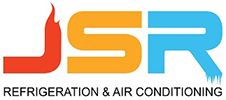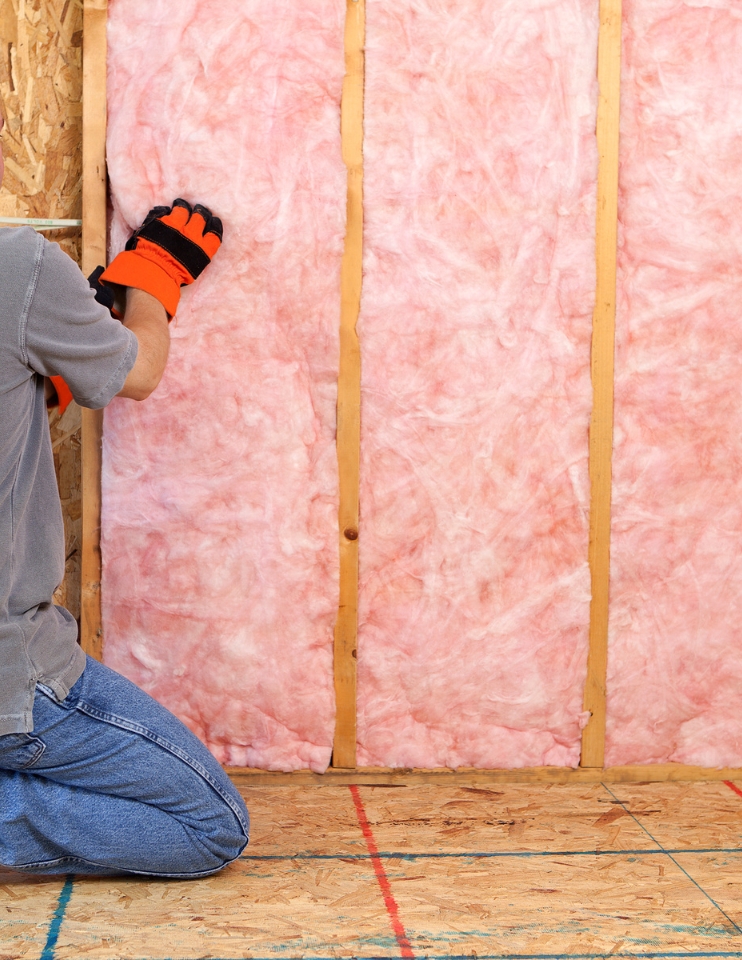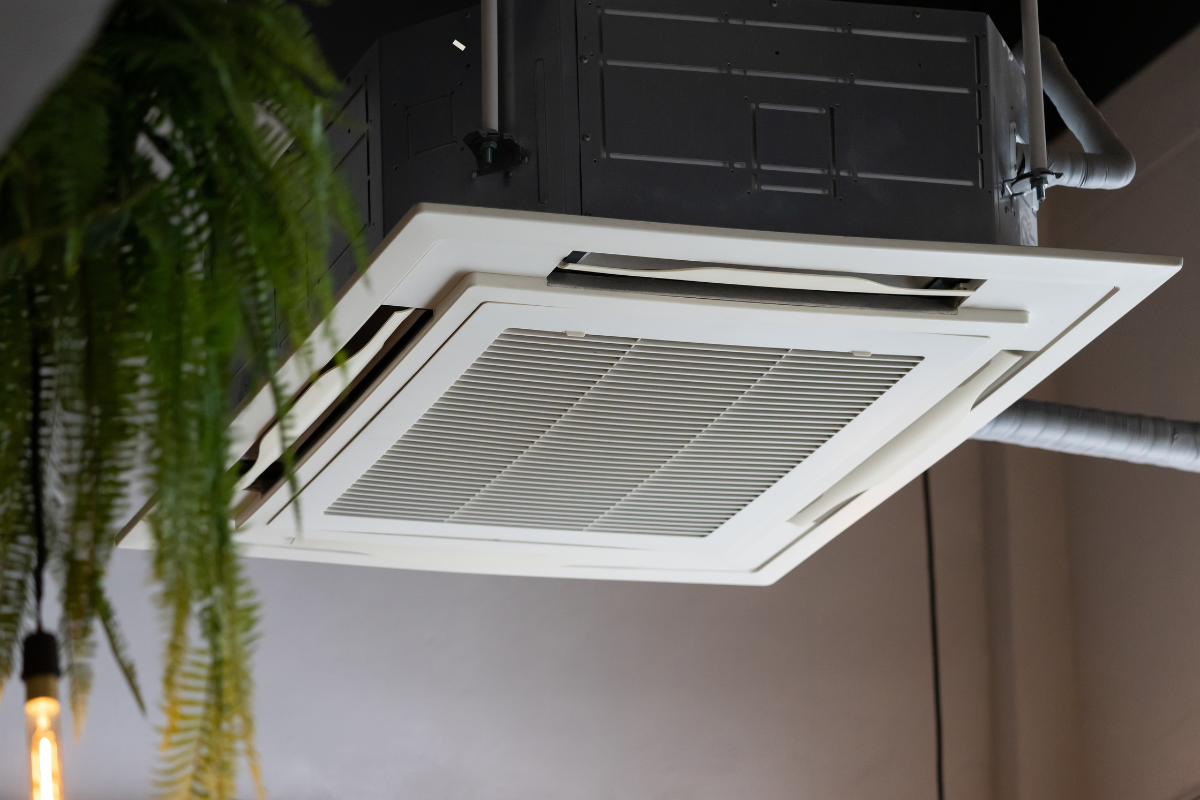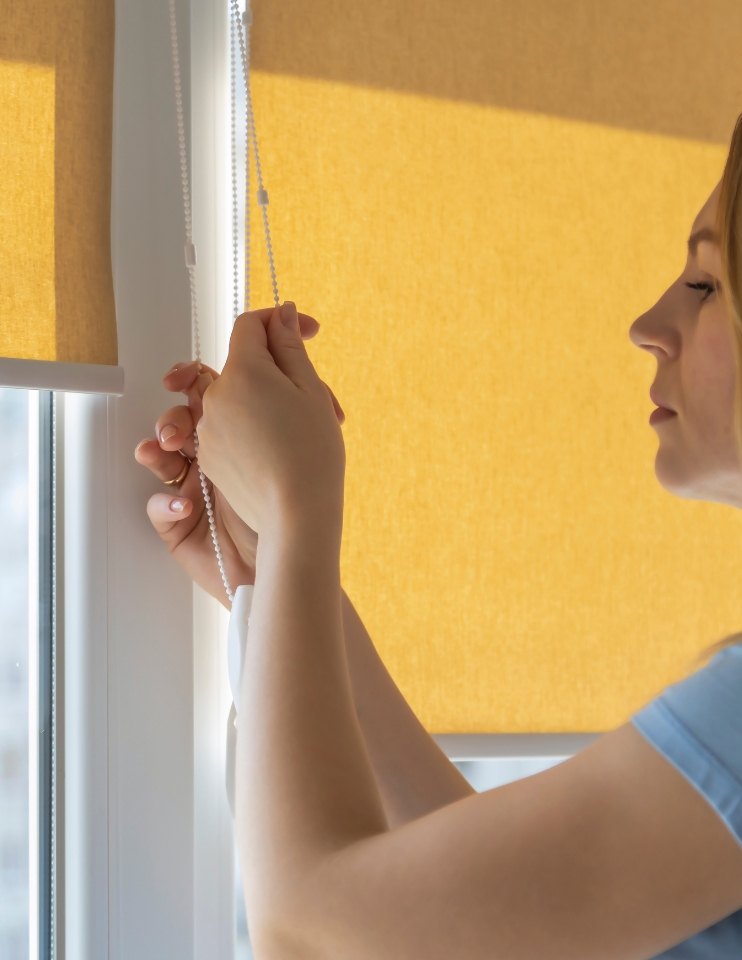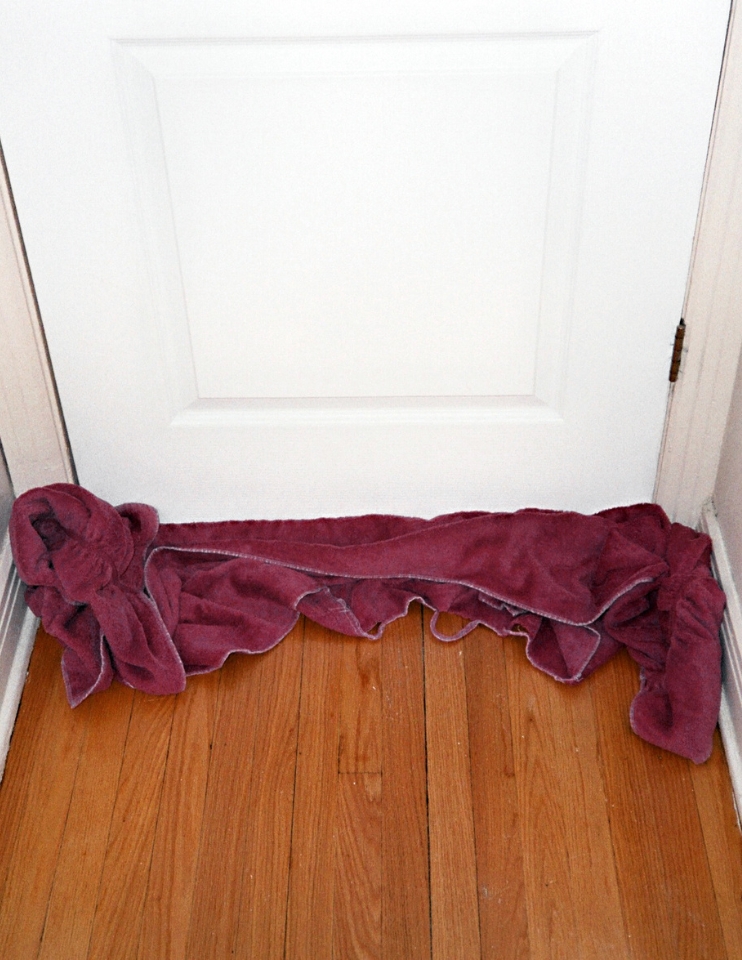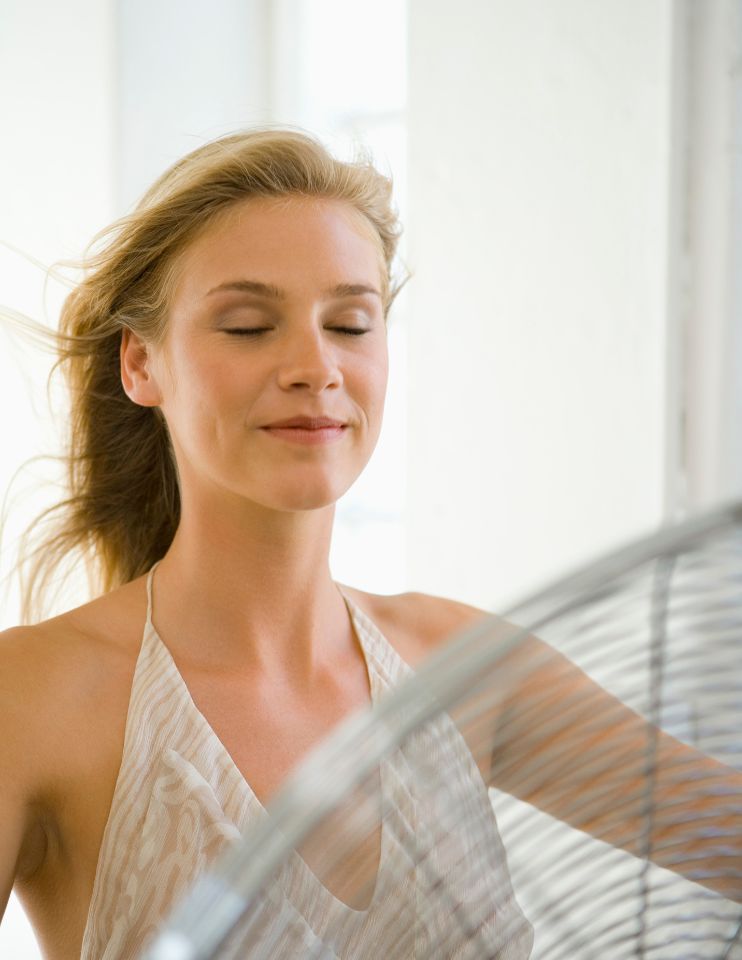
Best Heatpump Settings For Winter Comfort
Best Heatpump Settings
For Winter Comfort

By Team JSR
A heat pump is an efficient way to warm your home during the winter, and with the correct settings, it can be more economical than you might expect. Whether you’re aiming to lower your heating expenses, enhance your comfort, or both, understanding how to optimise your heatpump unit is essential.
In this guide, we outline the ideal temperature settings for heatpump in New Zealand households during winter and highlight key habits that can help you save money throughout the cooler months. Explore our 2024 Winter Heating Guide for more ideas on keeping yourself cosy.
What Are The Recommended Winter Heat Pump Setting For NZ?
Generally, it’s advisable to set your heatpump temperature between 18 and 20 degrees Celsius during winter. This range provides a good balance between comfort and energy efficiency for most areas in New Zealand.
However, the ideal temperature for your home may vary based on several factors, such as your location, the level of insulation in your home, and your personal preferences and comfort levels.
Does the Temperature of My AC Really Matter?
Selecting the appropriate temperature settings for your heatpump is crucial for many reasons. The ideal temperature can:
- Improve comfort levels for everyone in the house
- Protect your health and enhance indoor air quality
- Increase the energy efficiency of your heatpump unit
- Reduce home costs, saving you money on your electricity bill
What’s the Ideal Heatpump Temperature Setting For Winter?
In the colder months in New Zealand, it’s advisable to set your heat pump to a range of 18-22 degrees Celsius. While this might seem low for keeping your home extra toasty in the winter, setting the unit to very high temperatures will consume much more energy and put unnecessary strain on your heat pump.
If it’s cold enough that you want to run the heating all night, reduce the temperature to around 16-18 degrees. This will ensure you wake up cosy while keeping your heat pump usage cost-efficient.
What is the Most Efficient Temperature to Set Your Heatpump To?
While it might seem straightforward to use the heat setting on your heatpump during winter, there are other useful settings on your split system heatpump that can enhance efficiency and comfort. Besides heat mode, you can utilise dry mode, eco mode, sleep mode, and turbo mode.
Though these modes differ slightly in energy consumption, opting for an energy-efficient heatpump model can lead to significant energy savings overall.
Dry mode tends to be more energy efficient than heating and cooling modes, but keep in mind that it’s not as effective on very cold or very hot days.
When to Use the Heatpump Dry Mode in Winter?
Dry mode in your AC system reduces humidity levels in the room and is ideal for use when there’s a lot of moisture in the air. If you live in a region with mild, wet winters, dry mode can enhance comfort by removing excess moisture from the air and circulating clean, dry air back into the room.
Tips for Maximising AC Energy Efficiency in Winter
Maximising the energy efficiency of your heatpump in winter goes beyond just setting the right temperature. Factors like home insulation, heatpump condition, and household habits play crucial roles in optimising efficiency. Here are effective ways to enhance your heatpump’s energy efficiency:
- Insulate Your Home: Improve insulation to reduce heat loss.
- Seal Air Gaps: Close gaps around doors and windows to prevent heat leakage.
- Close Unused Room Doors: Focus heating efforts on occupied spaces.
- Upgrade to Double or Triple Glazed Windows: Enhance thermal insulation.
- Clean or Replace Air Filters: Maintain optimal airflow and efficiency.
- Regularly Service Your AC Unit: Ensure peak performance and longevity.
By implementing these measures, you can significantly improve your heatpump’s efficiency during the winter months, reducing energy consumption and costs.
Service Your Heatpump For Winter
Regular maintenance for your heatpump system ensures year-round comfort, lowers energy costs, and extends its lifespan. It’s best to schedule a heatpump service for winter sets in to ensure your heating system is prepared to keep you warm during the coldest months. If you require guidance on efficient heatpump settings for winter or need expert advice on installation and repairs in Waikato or Hamilton, our team at JSR is available to assist you.

